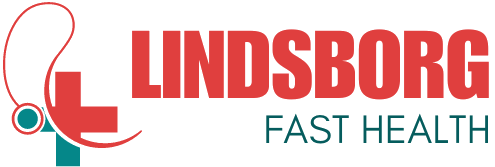Bone plates and screws are fundamental tools in orthopedic surgery, designed to stabilize fractures and facilitate the healing process. These devices have undergone significant evolution over the years, transforming from basic metal plates to sophisticated, patient-specific implants.
Types of Bone Plates
- Compression Plates: These plates exert pressure on the bone to bring fractured fragments closer together, promoting faster healing.
- Reconstruction Plates: Used in cases where bone fragments are severely shattered, reconstruction plates aid in aligning and stabilizing the bone for proper healing.
- Locking Plates: These plates feature threaded screw holes that lock into the bone, providing enhanced stability and reducing the risk of screw loosening.
- Limited Contact Dynamic Compression (LCDC) Plates: LCDC plates minimize the contact between the plate and the bone, reducing interference with the blood supply and promoting better healing.
- Bridge Plates: Ideal for spanning a segment of bone loss, bridge plates provide support and stability across the defect, allowing for gradual bone regeneration.
Materials Used in Bone Plates
Orthopedic implants are commonly made from:
- Stainless Steel: Traditional and durable, stainless steel plates are suitable for most applications.
- Titanium: Known for its biocompatibility and strength, titanium plates are lightweight and offer excellent corrosion resistance.
- Bioabsorbable Materials: These plates gradually dissolve in the body, eliminating the need for a second surgery to remove the hardware.

Design Considerations
The design of bone plates plays a crucial role in their effectiveness:
- Plate Shape and Size: Plates come in various shapes and sizes to accommodate different anatomies and fracture patterns.
- Hole Configuration: Proper hole placement is essential for optimal screw fixation and bone stability.
- Angled vs. Straight Plates: Depending on the fracture location and alignment, surgeons may choose angled or straight plates for better adaptation and fixation.
Screw Types and Functionality
Bone screws are available in different types to suit specific surgical needs:
- Cortical Screws: Designed for dense bone, cortical screws have a smooth shank and a threaded tip for secure fixation.
- Cancellous Screws: Featuring a coarse thread design, cancellous screws provide better purchase in softer bone.
- Locking Screws: These screws lock into the plate, creating a fixed-angle construct that enhances stability, particularly in osteoporotic bone.
- Self-Tapping Screws: With a sharp tip, self-tapping screws eliminate the need for pre-drilling, saving time during surgery.
- Self-Drilling Screws: These screws have a drill tip that can penetrate bone without the need for a separate drill, simplifying the surgical technique.
Indications for Bone Plate and Screw Fixation
Bone plates and screws are utilized in various orthopedic procedures, including:
- Fracture Stabilization: From simple fractures to complex trauma cases, bone plates provide stability and support for proper healing.
- Osteotomies: Surgical bone cuts for realignment or correction of deformities often require fixation with plates and screws.
- Bone Graft Fixation: Plates secure bone grafts in place, promoting fusion and integration with the existing bone.
Surgical Technique for Bone Plate Application
The surgical procedure involves several key steps:
- Pre-operative Planning: Detailed imaging and assessment help determine the appropriate implant size and placement.
- Incision and Exposure: Surgeons carefully expose the fracture site, preserving soft tissues for optimal healing.
- Plate and Screw Placement: The plate is contoured to fit the bone, and screws are inserted to secure the plate in position.
- Closure and Post-operative Care: After confirming stability and alignment, the incision is closed, and post-operative rehabilitation begins.
Advantages of Bone Plates and Screws
Bone fixation devices offer several benefits:
- Stability and Strength: Plates and screws provide mechanical stability, allowing early mobilization and faster recovery.
- Preservation of Soft Tissues: Minimally invasive techniques help preserve surrounding soft tissues, reducing the risk of complications.
- Early Mobilization: Stable fixation enables patients to start rehabilitation exercises sooner, promoting muscle strength and joint mobility.
